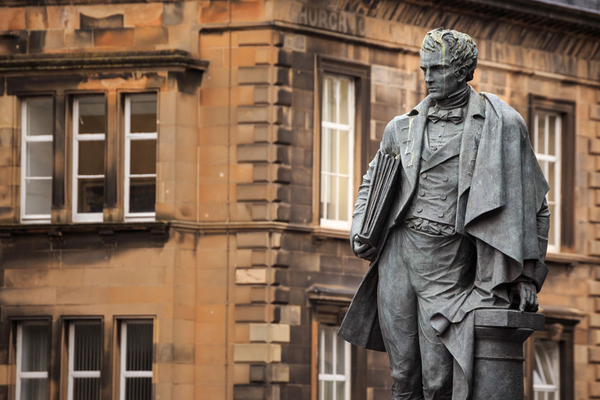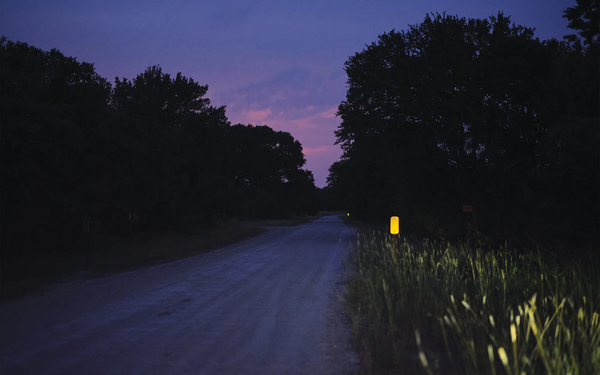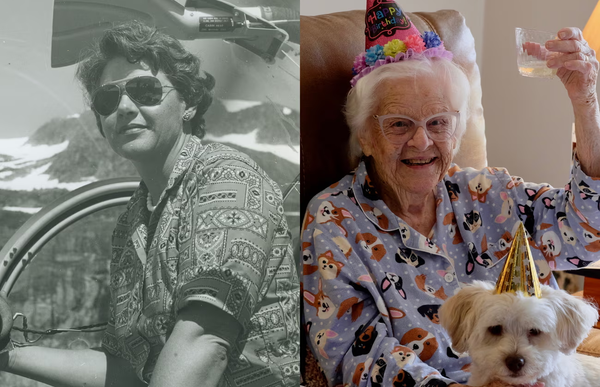A new kind of ultrasound provides a window into the brain

Standard ultrasound is popular in clinical settings because it is minimally invasive, low-cost, portable, and can generate images in real time. But it has rarely been used to image the brain. That’s partly because the skull gets in the way—bone tends to scatter ultrasound waves—and the technology is too slow to detect blood flow in the smaller arteries that support most brain function. But newer, ultrafast ultrasound can produce many thousands of detailed high-resolution images per second. If conventional ultrasound is like peeking through a keyhole, ultrafast ultrasound “opens the whole door,” says one researcher. Neuroscientists say it could help doctors make much earlier diagnoses of debilitating brain diseases, such as brain cancer or Alzheimer’s.
Who was the real Paul Newman?
In 1986, the year he turned sixty-one, Newman sat down with an old friend, the screenwriter Stewart Stern, and began recording on a cassette player material for an autobiography. This continued for several years, during which Stern also interviewed some of Newman’s buddies from college and the Navy, his two wives, his brother, friends and show-business colleagues. By 1991, Stern had recorded more than a hundred interviews. Then Newman asked him to stop, and in 1998, he took the cassettes to the dump and burned them. After he died of cancer in 2008, it became clear that Stern had had transcripts of the tapes made. They were edited and have just been published as a book.

The man who turned down a $1M math prize
In 2002, Grigory Perelman, a Russian mathematician, solved a problem that was originally posed almost a century ago by French mathematician Henri Poincaré, known as Poincaré's conjecture, which involves the structure of three-dimensional shapes. It was one of seven elusive challenges set by the Clay Mathematics Institute in Cambridge, each of which has a $1-million reward for coming up with a proof or a solution. In 2010, after experts had proven Perelman's solution to be correct, they awarded him the million-dollar prize. But the reclusive Russian turned down the money, just as he had earlier turned down the Fields medal – the math equivalent of a Nobel Prize.

She was the first black presenter for the BBC
Una Marson became the BBC's first black radio producer and presenter in the 1940s, bringing Caribbean voices and culture to a global audience, but her name is now all but unknown. Born in 1905 in rural Jamaica, she was the daughter of a Baptist preacher. She had a middle-class upbringing, learned to type and attended a boarding school. By 1926, she was the assistant editor of a political magazine, the Jamaica Critic. Two years later, she had started her own magazine, The Cosmopolitan, and she wrote "At What Price," a play about a mixed-raced relationship that would later be staged in London's West End. In 1941, she was hired by the BBC for a radio programme, Calling the West Indies.

It's time to return to the moon, this astronomer says
Humans haven’t set foot on the moon since Apollo 17 brought Eugene Cernan to the surface on 12 December 1972. Now it’s time to return, says Joseph Silk, a professor of physics and astronomy at Johns Hopkins University. Reaching the moon again is "an essential first step to exploration of the distant Universe," he says. "Only from the lunar surface can we mount the ultimate search for our origins. We’ll achieve this by constructing novel telescopes of unprecedented scope in dark lunar craters and on the far side of the Moon. Space exploration is our destiny, but we can only fulfil it, only discover the deepest mysteries of our Universe, by first returning to the Moon."

Rediscovering an ancient form of Aztec agriculture
As the Aztecs started building on the shores of Lake Texcoco, they realised there just wasn't enough land to expand on. There was water everywhere. To solve their land crisis, archaeological evidence as well as narratives of Spanish colonial writers tell us that the Aztecs came up with a genius plan: the chinampas. They artificially constructed these long, narrow strips of land over shallow lakes by piling earth on reeds and sedges and raising them to the required height. The islands were then anchored to the lake floor by a fence of ahuejote, a native willow tree. The result was a one-of-its-kind floating city spread over 13 sq km, separated by canals and connected by causeways with more than 250,000 people living on it.

A mixture of science and magic
The Briggs–Rauscher oscillating reaction is one of a small number of known oscillating chemical reactions. It is especially well suited for demonstrations and... magic
— Massimo (@Rainmaker1973) October 18, 2022
[read more: https://t.co/Ny9bvWZPdF]
[📹 lamzak2: https://t.co/cWaVKLJyqd]pic.twitter.com/p1qYjC59iD



